OUTSIDE THE LAW (1920)
In 1920s San Francisco, a pair of jewel thieves try to give up their life of crime.
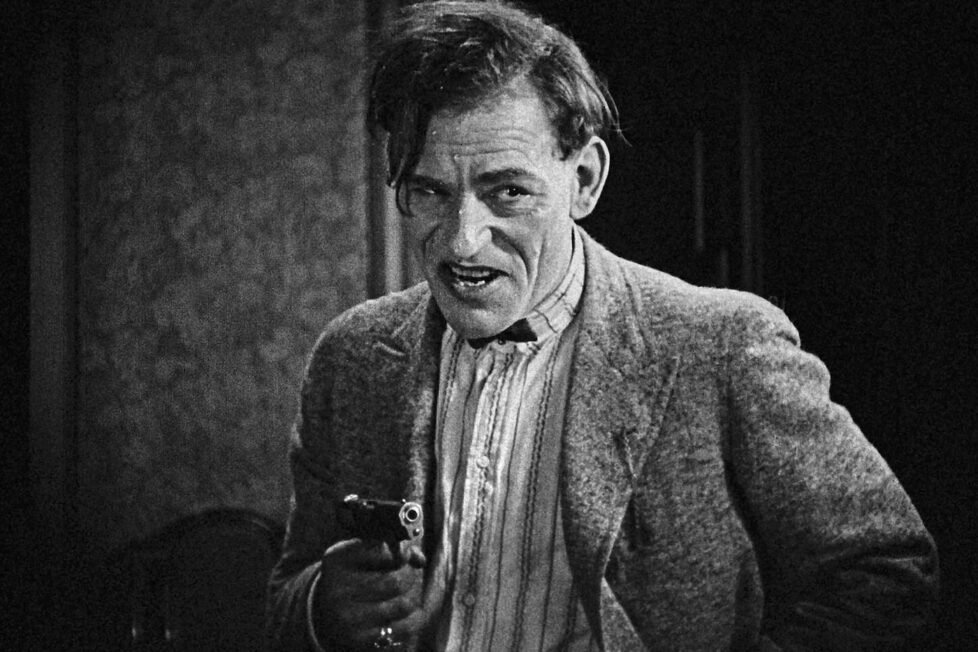
In 1920s San Francisco, a pair of jewel thieves try to give up their life of crime.


Tod Browning is best remembered for directing the Bela Lugosi Dracula (1931) as well as Freaks (1932), his boundary-pushing exercise in body horror. But he also worked extensively outside the horror genre, notably with stars Lon Chaney and Priscilla Dean, and one of the first of these collaborations, made while Browning was still at Universal Studios under its visionary young golden boy Irving Thalberg, was Outside the Law.
First, some clarification on exactly what movie we’re talking about: Outside the Law was premiered at the end of 1920 and only widely released at the beginning of 1921, so it’s sometimes considered a 1921 movie, but both years refer to the same film. It was reissued in 1926 with modest edits, and it’s unclear whether the restoration featured on Eureka Entertainment’s new ‘Masters of Cinema’ disc comes from the 1920 or 1926 print, though the differences are reputed to be small.
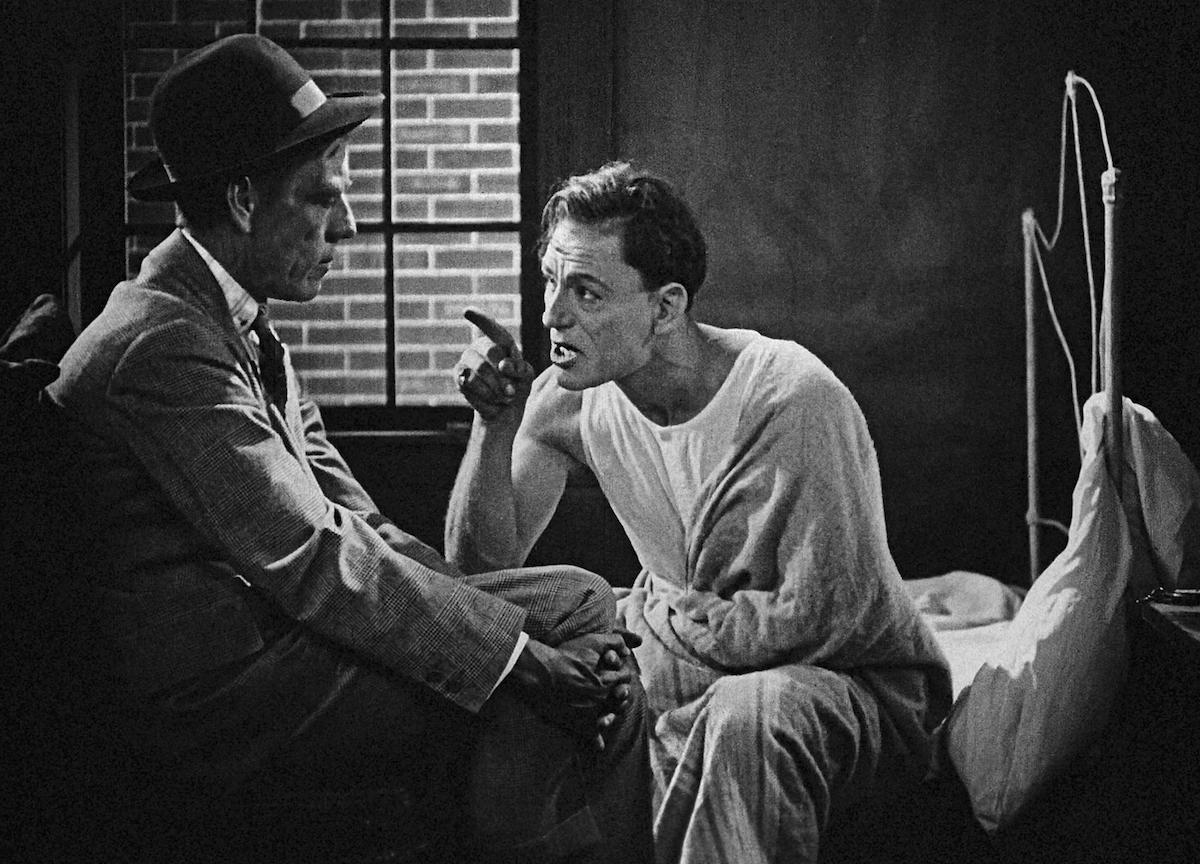
Browning remade the movie as ‘a talkie’ in 1930 with Edward G. Robinson and a rather different story, which is a completely separate film, and neither of them has anything to do with the several other movies that have since appeared under the same title.
Chaney, the “man of a thousand faces”, appears here in two roles: rather unconvincingly made-up in yellowface as the Chinese man Ah Wing—who initially seems like he might be a baddie, skulking in a generally foreign and untrustworthy way, but turns out to be on the side of right—and more successfully as “Black Mike” Sylva, who most definitely is a bad guy and a physically alarming one in the way Chaney often could be.
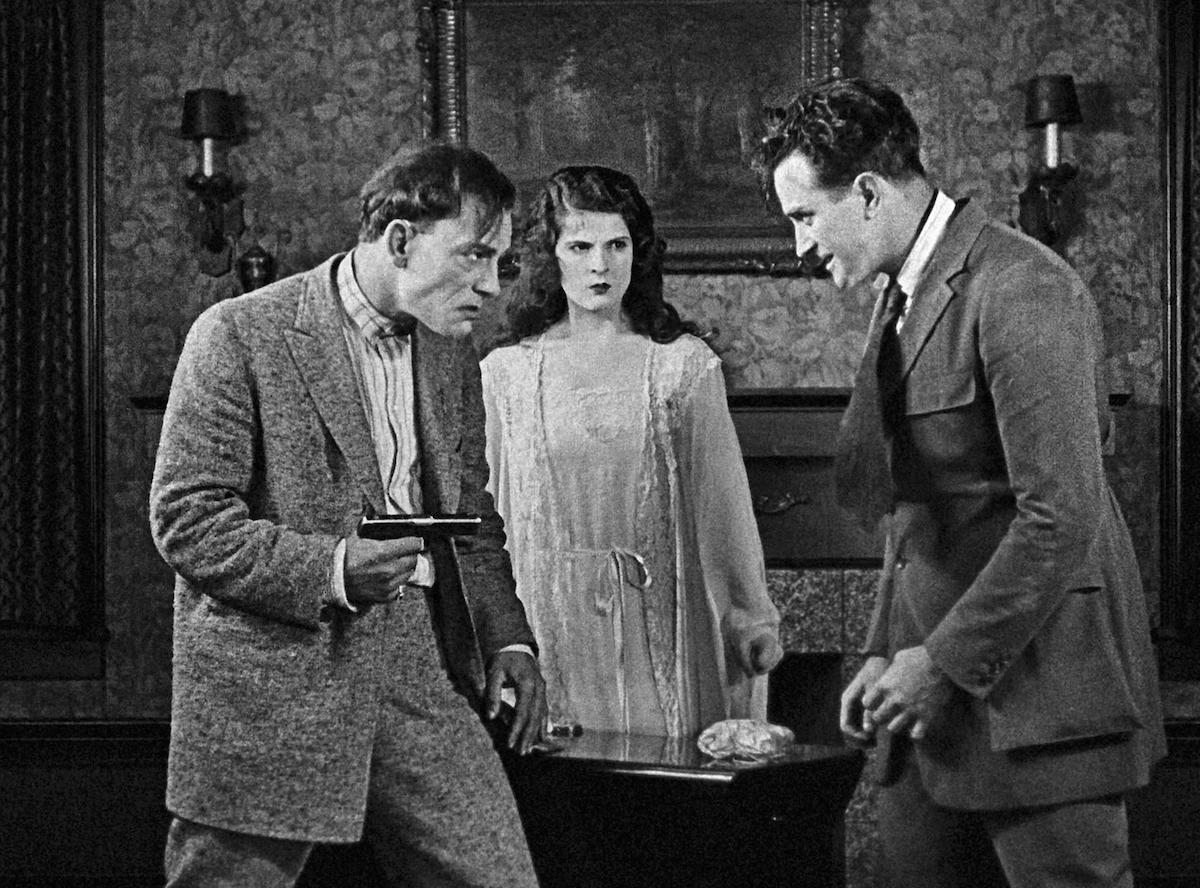
It’s Dean, however, who gets top billing as Molly, daughter of the gang boss Silent Madden (Ralph Lewis), and her dilemmas and transformations are at the centre of the story. Her father has become friends with an elderly member of San Francisco’s large Chinese community, Chang Lo (E. Alyn Warren), and under Chang’s guidance has turned his back on crime. This irritates the gangster Black Mike—described as “a rat, a vulture and a snake”—who frames Madden for the shooting of a cop, intending thereby to also disillusion Molly, turn her against the law and persuade her to participate in a jewel heist for which she too can be framed.
But Molly and her lover Dapper Bill Ballard (Wheeler Oakman) double-cross Black Mike by stealing the jewels and disappearing. They then find themselves wondering if they shouldn’t send back the swag and go straight, partly inspired by the friendship they form with a young neighbour boy (Stanley Goethals). Just in case his general adorability is not enough to persuade them back to honest society, he brings a lovable dog to their apartment at one point, and the shadow of his kite forms a crucifix on the floor at another.
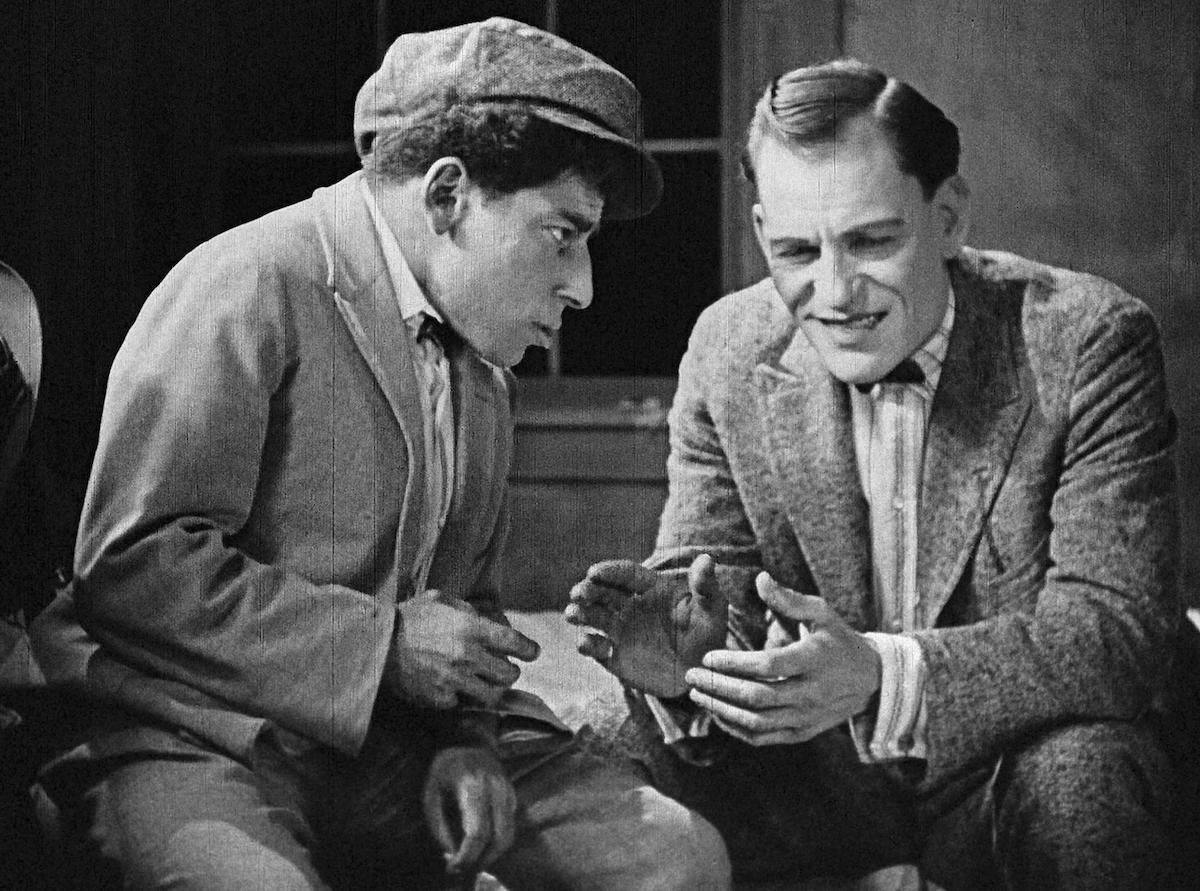
The whole thing is very contrived (witness the way one intertitle has to resort to underlining words in case audiences are confused) and not satisfactory as a story. After all the drama surrounding the innocent Madden’s arrest, the police turn out to lack evidence against him and he receives only a short sentence, turning potential tragedy into a damp squib.
The Chinese aspect of the tale, too, is awkward. While it’s heavily emphasised at the beginning—the first shot shows a book of Confucius, and the intertitles are soon discussing the “yellow torrent” leading to San Francisco’s Chinatown, the “Orient of America” with its “poppy-perfumed alleys”—it becomes almost irrelevant until Chang Lo is dragged back to be wise at the end. Just a little of Chinatown’s flavour persists through the movie in the metaphorical language of the intertitles (“the sundial of the law cast its shadow”).
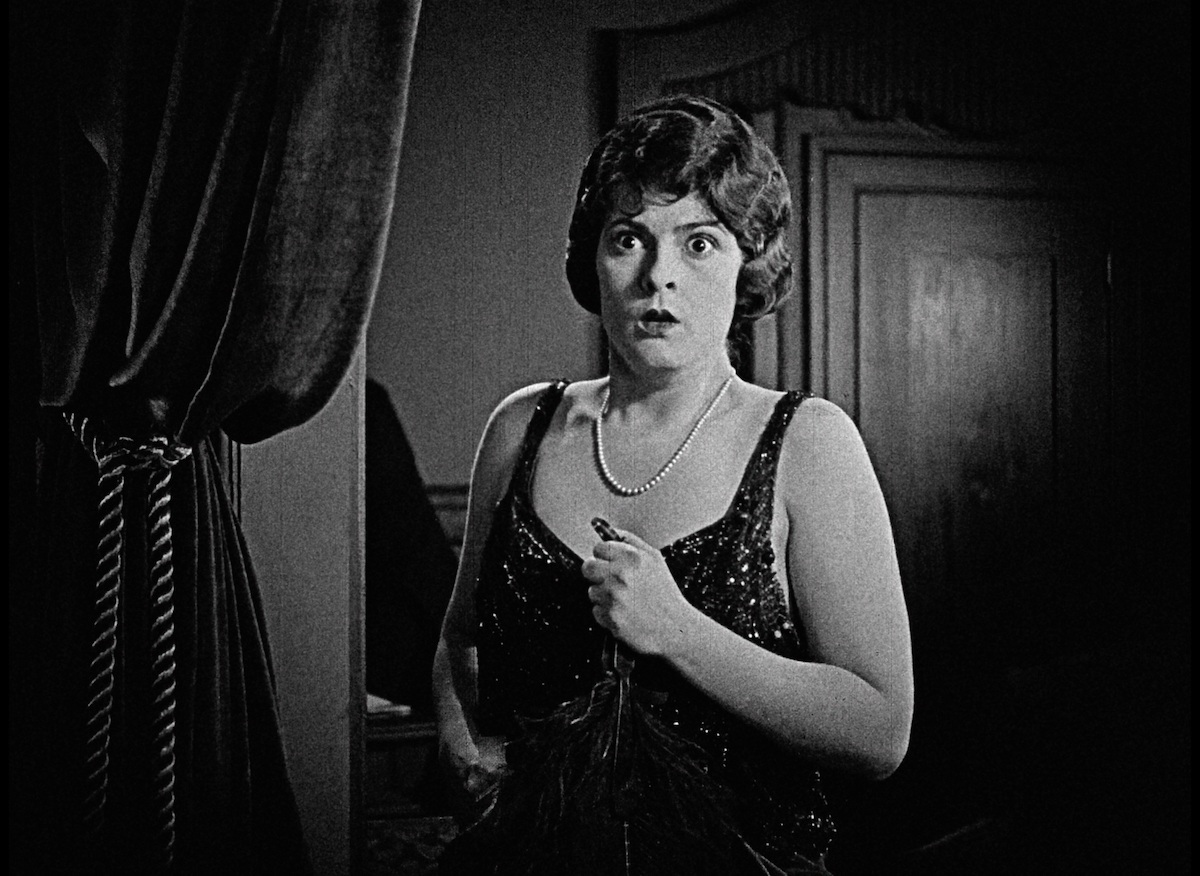
Still, this element of Outside the Law is at least historically interesting in providing a positive portrayal of the Chinese, so often stereotyped as criminal or devious. And if the narrative as a whole is clumsy, there’s still much to enjoy as it proceeds, most of all the performance of Dean: she seems dull at first, a typically virtuous silent heroine, but soon gets badder, sassier and much more interesting, with a terrifically expressive face. (Alas, more than a face was needed to make a performance once sound arrived, and her career withered in the 1930s.)
Elsewhere in the cast, Lewis as her father Madden is also convincing as a man with a dubious past now resolved to put it behind him. Anna May Wong, later to become the first major Chinese-American star, appears in a tiny, uncredited part.
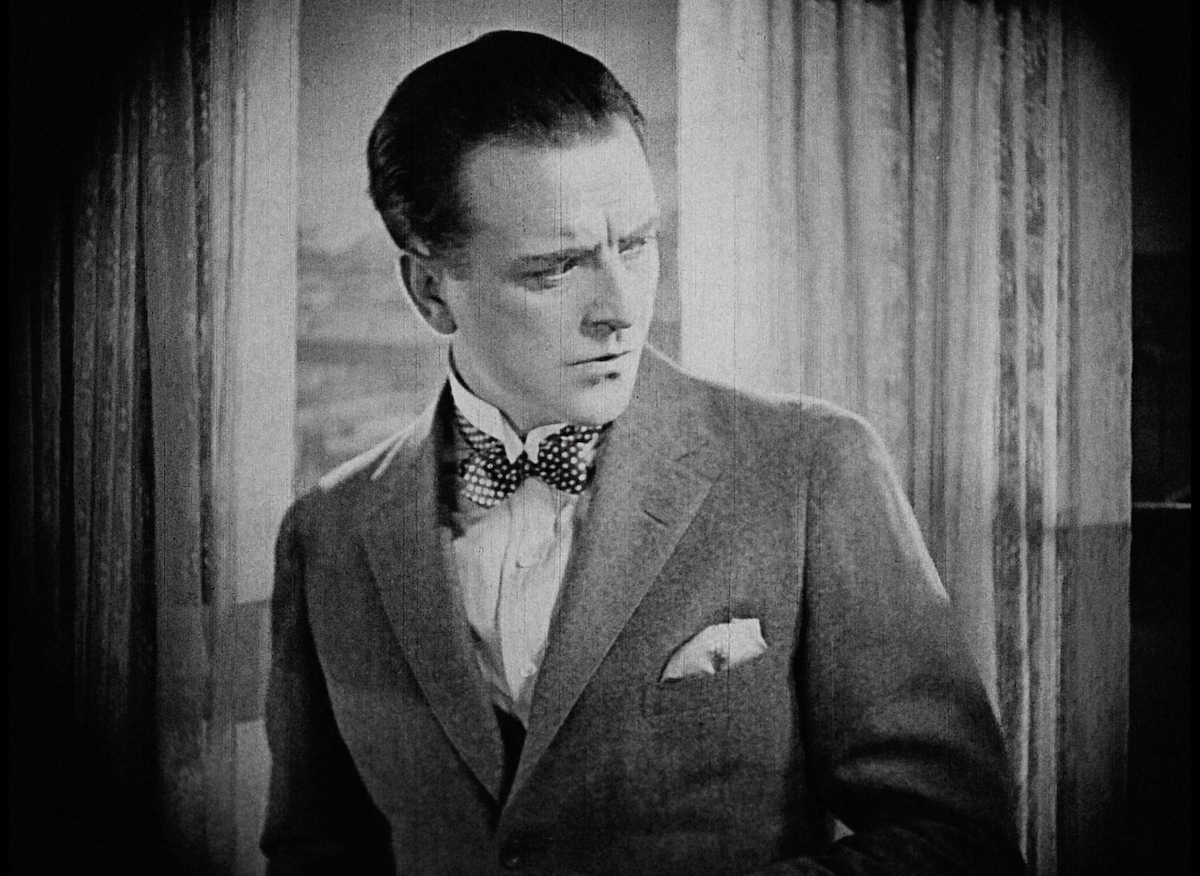
Visually, Outside the Law is rich and stylish, with elaborate and busy compositions (for example a ballroom full of dancers in the background while characters in the foreground, in the next room, conduct a quite unrelated conversation). Many of the interiors are lavish, but they don’t enervate; there’s plenty of physical energy in, for example, Dapper Bill’s first encounter with the young boy or the intense violence of the climactic scene, with its very bloody hero.
Anton Sanko contributes a fine new score with low, slow, gradually shifting textures creating a strong sense of menace, and just a touch of Orientalism nodding to the Chinese strand of the storyline. His music is never over-excitable, and indeed one of the most effective passages is the lyrical and questioning accompaniment to Molly and Bill’s discussion of their future.
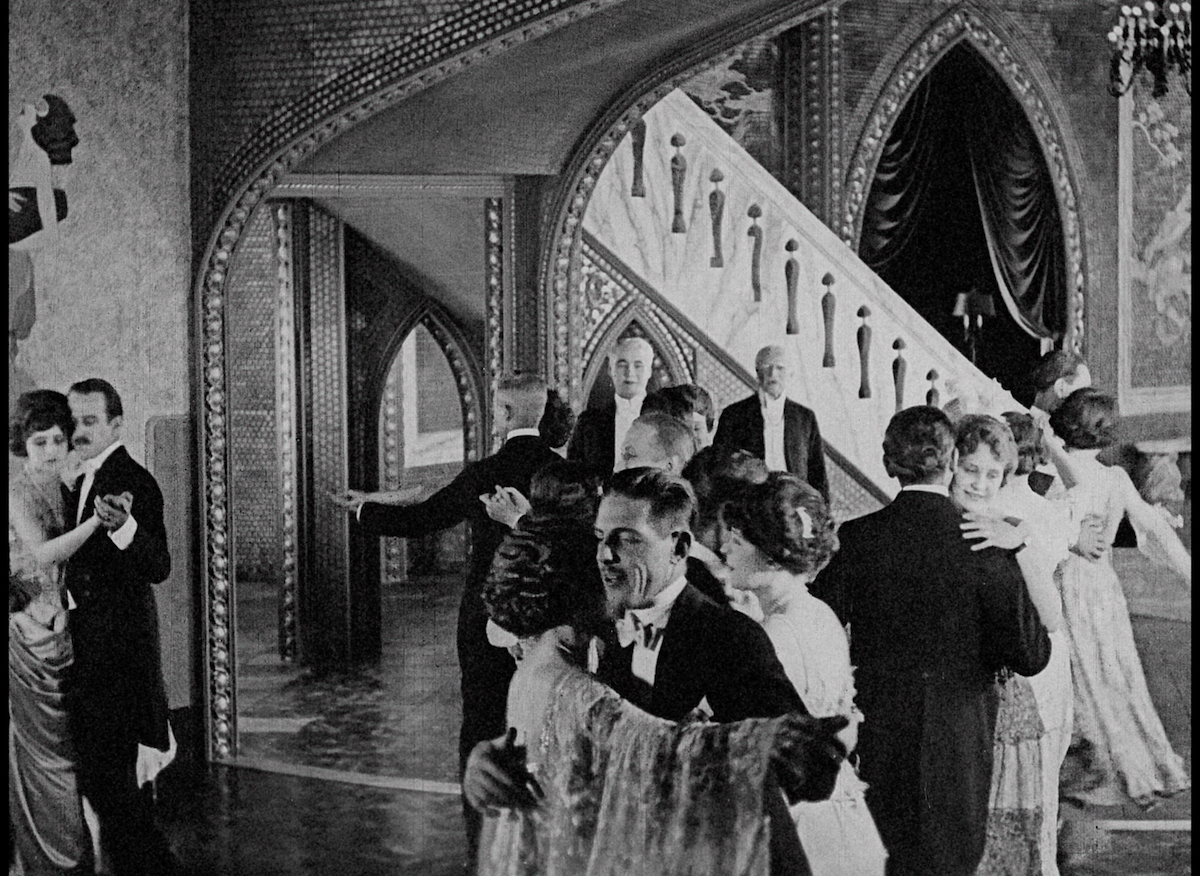
Outside the Law has many of the traits of the overblown, not-quite-credible melodramas of the period. But it’s unusual in its respectful treatment of the Chinese and also in the way it explores Molly and Bill’s position, halfway between the criminal world and the law-abiding one, not entirely sure which way to go: Chaney’s Black Mike may be unambiguously a villain, but they are far from a conventional, morally impeccable heroine and hero.
Here Outside the Law displays a subtler understanding of real human nature than many films of the period, highlighting the psychological interests of a director nowadays much more associated with out-and-out horror, and making it a useful addition to the Eureka library of silents.
USA | 1920 | 75 MINUTES | 1.33:1 | BLACK & WHITE | ENGLISH (SILENT)


director: Tod Browning.
writers: Gardner Bradford, Tod Browning & Lucien Hubbard.
starring: Priscilla Dean, Wheeler Oakman, Lon Chaney, Ralph Lewis & E. Alyn Warren.
